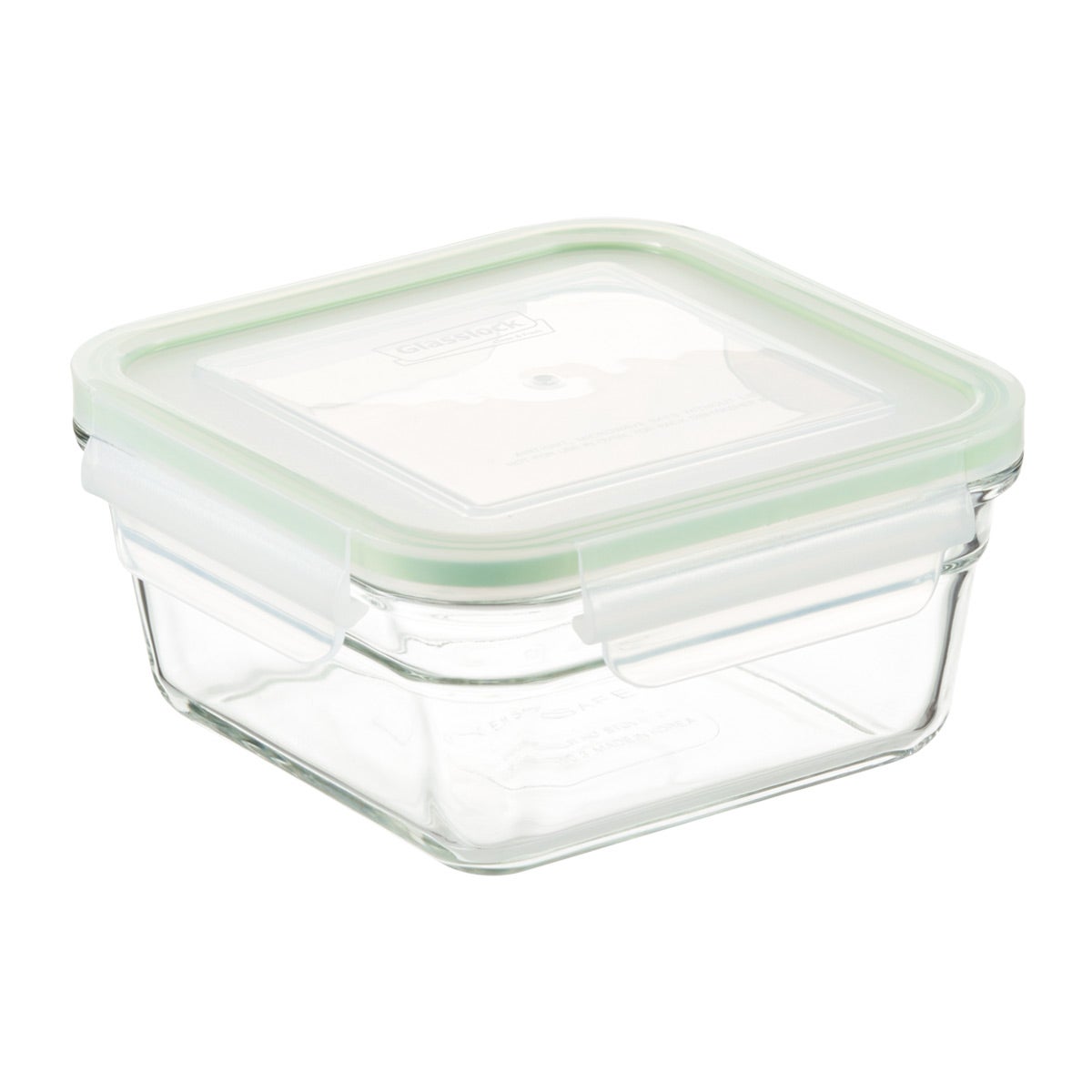As of 12/19/2019 I have made changes from the 10/02/19 when it was created
Hello hello!
Although my previous posts were about "How to recycle", the real end goal is to
REDUCE the amount of
single-use products we consume everyday. We don´t think about it, but the moment you grab a plastic fork to eat your lunch or a plastic spoon to shake the sugar of that morning coffee in a foam cup (#6 PS), then you are contributing to approx 150 million tons of single-used plastic discarded PER YEAR. Not only the cutlery and foam cups, but plastic bottles, take-out containers, straws, etc. All these single-use plastics are normally
discarded the same year they are created (
Based on a great report from the UN in 2015). Interesting enough, if you put them on the recycling, this plastic cutlery might be #6 PS - not so easy to recycle-
How can you make an impact?
Let's go over the simple changes you can do to change the world, one meal at a time! Get your Lunch box ready!
1.- Get a lunchbox and bring your own cutlery to work!
In my case, I bought a lunch box from Salvation Army. Why? Because I did not want to spend a lot of money on a lunch box and at the same time I got an item that was used in the past -REUSE-. So, it was a Win-Win situation. I would recommend you to explore that possibility. Mine is a great IKEA lunch box that cost me 3$. Ha! Take that IKEA!
My lunch box contains:
1- Metal fork x 1
2- Metal knife x 1
3.- Metal spoon x 2
4.- Washable napkins x 2 (These are great because you can wash them on a washing machine with your clothes)
5.- I have a plate at work so I don't have to use the paper waxed plates, which from
our previous post, we know that they are not recyclable!
Not a big eater and only bringing a small sandwich? You could consider investing on
Bee's wrap. Although significantly more expensive than a plastic sandwich bag, it is compostable and highly reusable. If you decide to go with plastic sandwich bags, please re-use them as much as you can and when discard in it, do NOT put it on the recyclables since it is a plastic film.
2.- Glass or plastic containers?
If your container is made of #3 or #7 then you are at risk to get expose to
BPA (If you don't know what BPA is,
here is a link From the
National Institute of Environmental Health Sciences!).
Do you plan to re-use the container? then go with glass or pyrex containers for food. Be aware that Pyrex is NOT RECYCLABLE, so you have to make sure that the life of the container is as long as it can be! You might have to live with the fact non plastic lids are hard to get for these containers, but do not heat up the food with the lid on.
If you really are clumsy and lack of the willingness to reuse and clean the containers, then go with plastic, wash and recycle them when the time comes.
3.- Plastic Bottle or others?
I applaud anyone using plastic water bottles infinite times, the likelihood that those break is far greater than a metal one. Also, this
report from the Centre for Food Safety of the Government of the Hong Kong Special Administrative Region provides a good explanation of other concerns I have on re-using plastic bottles).
From a manufacturing point of view, doing one plastic bottle uses less energy than glass. The same logic applies for transportation (similar amount of fluids but less weight on plastic bottles = less gas needed to transport). In the end you should re-use your bottles no matter what material they are, but keep them clean.
4.- Should you get re-usable bags?
Supermarkets are now offering more reusable bags, but should you actually buy a reusable bag?:
Studies have shown that a reusable cotton bag requires about 130+ uses to have a lower global warming potential than a plastic bag. Non-woven PP reusable bags, only need around 11+ uses versus a plastic bag. Which one is yours made of? Normally the bags come with a label where the material is mentioned.
What about paper? You need to use the paper bags at least 3+ times versus a plastic bag to make it more environmentally friendly, but to make and recycle these bags a substantial amount of water is needed and let´s face it: do you really plan to use a paper bag 3 times?
What should you do??! Well, I propose one simple solution: REUSE your plastic bags for future groceries! This is almost so obvious that it seems crazy to me that no one promote these practices. Once the bags are broken, you can return them for recycling to the grocery store where you got them (Yes, it is that simple :) ). I do have some reusable bags in hand just in case, but I am starting to follow the practice of reusing the plastic bags.
5.- Tea drinker? Buy loose leaf tea and re-use the cans
The wrapping that your leafs are on? Would you believe if I tell you it is plastic? Well...yeah.
I am sure that most tea shops will allow you to bring your own cans for refills (maybe even a little discount!) ! Extra brownie points if you continuously re-use your tea cans.
There is a somewhat funny article I came across long time ago about the UK and some challenges suppliers were facing while trying to do "greener" tea bags (
You can see it here).
6.- Carry a to-go mug with you / leave a mug one at work!
I don't drink coffee nor tea in the morning (I know, I am an abomination), but for those caffeine addicted readers, I would recommend to leave a mug at work. Do not use styrofoam cups, highly difficult to recycle.
Also, most coffee shops do accept that you bring your own coffee mug - Some places might even give you a small discount for doing it!-.
I know some of the things I am going over might seem obvious or simple, but think about it the next time you are using a plastic spoon, fork, foam cups, etc. How can you make a difference if you do not give yourself the option to do so?
With those last words of wisdom, I let you go and run wild to the world being more knowledgeable!!


























